In the dynamic landscape of international trade, sea freight plays a pivotal role in facilitating the exchange of goods between countries. This is particularly true for the trade relationship between China and Iran, where a vast array of products—including machinery, textiles, electronics, and raw materials—crosses borders via maritime routes. Given the geographical distance and the significant volume of goods exchanged, understanding the nuances of sea freight is essential for businesses aiming to optimize their supply chain and expand their operations.
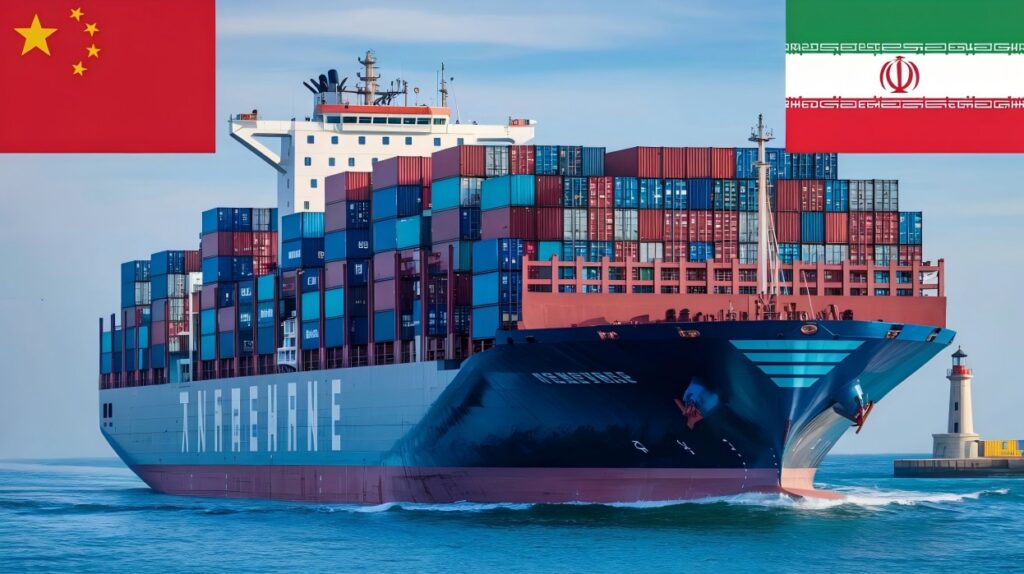
Introduction to Sea Freight from China to Iran
The importance of sea freight in the China-Iran trade landscape cannot be overstated. Given the geographical distance and the volume of goods exchanged between these two countries, sea freight serves as a reliable and cost-effective means of transport. China, being one of Iran’s largest trading partners, facilitates a myriad of imports, including machinery, electronics, textiles, and raw materials. As a result, understanding the intricacies of sea freight becomes essential for businesses aiming to expand their operations or maintain a steady supply chain.
Overview of Sea Freight Options and Benefits
Sea freight offers various options tailored to different business needs, making it a crucial part of the global shipping network. The benefits of utilizing sea freight to transport goods from China to Iran include:
- Cost-effectiveness: Generally, sea freight is cheaper than air freight, especially for larger cargo volumes.
- Capacity: Ocean vessels can accommodate a wide range of goods, from bulk commodities to containerized freight.
- Environmental Considerations: Sea freight has a lower carbon footprint per ton-mile compared to air shipping, making it a more sustainable choice for transporting goods.
- Flexibility: Various shipping schedules and routes provide businesses with flexibility to choose optimal shipping times.
By leveraging these advantages, businesses can streamline their logistics and enhance their overall trade efficiency.
Understanding Sea Freight Options
Navigating the sea freight landscape requires an understanding of the different shipping options available. Two primary methods dominate the field: Less than Container Load (LCL) and Full Container Load (FCL) shipping.
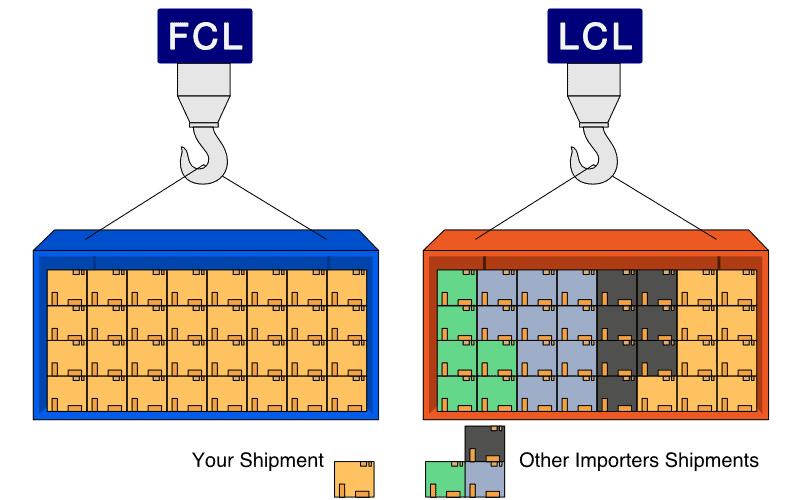
Less than Container Load (LCL) Shipping
Definition and Advantages of LCL
Less than Container Load (LCL) shipping is a method where multiple shipments from different shippers are consolidated into a single container. This option is particularly advantageous for businesses that do not have enough cargo to fill an entire container.
- Cost Efficiency: Since shipping costs are shared among multiple shippers, LCL can significantly reduce logistics expenses.
- Lower Inventory Costs: By allowing businesses to ship smaller quantities more frequently, LCL enables better inventory management and reduces the need for large stockpiles.
Ideal Use Cases for LCL
LCL shipping is well-suited for:
- Small and Medium-sized Enterprises (SMEs): Businesses with lower shipping volumes can benefit from LCL without committing to higher costs associated with FCL.
- Frequent Shipments: Companies that require regular, smaller shipments to manage inventory effectively can utilize LCL as a flexible option.
- Diverse Product Categories: For businesses importing different product types that do not fill a full container, LCL provides an efficient solution.
Full Container Load (FCL) Shipping
Definition and Advantages of FCL
Full Container Load (FCL) shipping involves the exclusive use of an entire container by a single shipper. This method is often preferred by larger businesses looking to maximize shipping efficiency.
- Cost per Unit: For larger volumes, FCL tends to offer a lower cost per unit compared to LCL, making it more economical for bulk shipments.
- Reduced Risk of Damage: By having a dedicated container, the risk of damage from other shipments is minimized, providing peace of mind for valuable goods.
Ideal Use Cases for FCL
FCL shipping is particularly suitable for:
- Large-scale Shipments: Businesses that require shipping large volumes of goods can significantly benefit from the capacity of FCL.
- Time-sensitive Deliveries: Since FCL containers are typically prioritized in shipping schedules, businesses can enjoy faster transit times.
- Homogeneous Product Loads: Companies with a single type of product that fills an entire container will find FCL to be the most efficient and cost-effective option.
By carefully considering whether to opt for LCL or FCL, businesses can enhance their shipping strategy and operational efficiency when importing goods from China to Iran. For companies looking for professional freight forwarding services, Dantful International Logistics offers tailored solutions, ensuring cost-effective and high-quality logistics services. Whether you require door-to-door shipping, customs clearance, or warehouse services, Dantful can assist in optimizing your supply chain.
Comparing LCL and FCL Shipping Costs
When deciding between Less than Container Load (LCL) and Full Container Load (FCL) shipping, understanding the associated costs is essential for businesses aiming to optimize their logistics strategy. Each option has distinct cost factors and average rates, influencing the final shipping expense.
Cost Factors for LCL and FCL
The costs associated with LCL and FCL shipping differ significantly due to various factors:
| Cost Factors | LCL Shipping | FCL Shipping |
|---|---|---|
| Base Rate | Charged per cubic meter (CBM) or per weight. | Charged per full container (20ft or 40ft). |
| Consolidation Fees | Additional fees for consolidating shipments. | No consolidation fees; one shipper per container. |
| Handling Charges | Higher handling charges due to multiple shipments. | Lower handling charges as it’s a single shipment. |
| Documentation Costs | Potentially more complex documentation. | Simplified documentation process for single shipment. |
| Delivery Charges | Variable based on multiple delivery points. | Fixed delivery cost as it’s a single shipment. |
Average Rates for LCL and FCL from China to Iran
The average shipping rates can fluctuate based on various market dynamics, such as fuel prices and demand. However, a general comparison of average rates from China to Iran is presented below:
| Shipping Method | Average Rate (USD) | Container Size |
|---|---|---|
| LCL Shipping | $50-$100 per CBM | Varies |
| FCL 20ft | $1,200-$1,800 | 20ft container |
| FCL 40ft | $1,800-$2,500 | 40ft container |
This table serves as a guideline for businesses to assess their shipping needs. Companies should compare these rates to determine which shipping method aligns best with their logistics strategy.
Shipping From China to Middle East Countries:
- Shipping from China to Saudi Arabia
- Shipping from China to UAE
- Shipping from china to KUWAIT
- Shipping From China To EGYPT
- Shipping from China to Bahrain
- Shipping From China To Jordan
- Shipping From China To Israel
- Shipping from China to Qatar
- Shipping From China To IRAQ
- Shipping from China to Iran
Typical Transit Times for Sea Freight
Understanding transit times is crucial for businesses that depend on timely delivery of goods. The average transit times for LCL and FCL shipping methods can significantly affect inventory management and customer satisfaction.
Average Transit Times for LCL and FCL
Transit times can vary based on factors such as shipping routes and port congestion. Below is a comparison of typical transit times for LCL and FCL shipments from China to Iran:
| Shipping Method | Average Transit Time |
|---|---|
| LCL Shipping | 25-35 days |
| FCL Shipping | 20-30 days |
These average transit times provide a general idea for businesses to plan their logistics effectively.
Factors Affecting Transit Times
Several factors can influence the transit times of sea freight:
- Port Congestion: Busy ports can cause delays in loading and unloading, extending overall transit times.
- Shipping Route: Direct routes tend to be faster, while those with multiple stops may take longer.
- Weather Conditions: Adverse weather can impact shipping schedules and lead to delays.
- Customs Clearance: Effective customs processes can expedite shipments, while delays in documentation can prolong shipping times.
By considering both the cost factors and transit times for LCL and FCL shipping, businesses can make informed decisions to optimize their logistics strategy when importing goods from China to Iran. For a seamless shipping experience, Dantful International Logistics offers tailored services, including insurance services and customs clearance, ensuring your cargo reaches its destination efficiently and securely.
Major Chinese Ports for Exports to Iran
Shipping goods from China to Iran involves several crucial ports that facilitate efficient sea freight operations. Understanding these key ports and their unique advantages can help businesses optimize their logistics strategies.
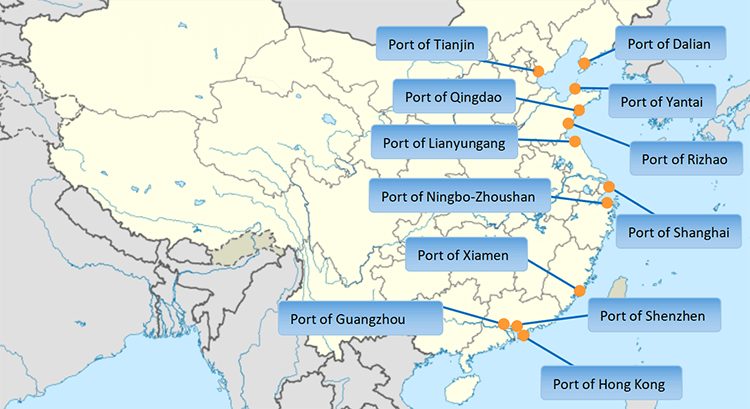
Key Ports in China for Sea Freight to Iran
- Shanghai Port
- Overview: Shanghai is the largest and busiest port in China, handling a significant portion of the country’s international trade.
- Trading Routes: It connects to numerous global shipping routes, making it a strategic hub for exports to Iran.
- Shenzhen Port
- Overview: As one of the fastest-growing ports in China, Shenzhen offers a modern infrastructure and high efficiency.
- Trading Routes: Its proximity to Hong Kong allows for seamless integration into global supply chains.
- Ningbo-Zhoushan Port
- Overview: This port ranks among the top in the world in terms of cargo throughput, offering robust facilities for container handling.
- Trading Routes: It serves as a key gateway for goods traveling to Iran, especially for bulk commodities.
- Guangzhou Port
- Overview: Guangzhou is a major port in southern China, known for its advanced logistics and extensive shipping network.
- Trading Routes: The port connects to various shipping lines that facilitate exports to the Middle East, including Iran.
Advantages of Each Port
| Port | Advantages |
|---|---|
| Shanghai Port | – Extensive global connections<br>- Large capacity for containers<br>- Advanced customs processing to expedite shipments |
| Shenzhen Port | – Fast turnaround times<br>- Modern port facilities<br>- Strategic location for manufacturing regions |
| Ningbo-Zhoushan Port | – High cargo capacity<br>- Efficient logistics services<br>- Strong support for bulk and hazardous materials |
| Guangzhou Port | – Well-developed transportation network<br>- Access to rapid customs clearance<br>- Proximity to major industrial centers |
These ports are instrumental in facilitating smooth shipments from China to Iran, each offering unique advantages that can enhance operational efficiency for businesses.
Iran Ports for Receiving Sea Freight
Receiving goods in Iran primarily takes place at a few key ports. Understanding these ports and their capabilities is essential for effective logistics management.
Main Ports in Iran for Receiving Goods
- Port of Bandar Abbas
- Overview: Bandar Abbas is the main commercial port in Iran and serves as the gateway for imports and exports.
- Location: Situated on the Strait of Hormuz, it has strategic importance for maritime trade.
- Port of Imam Khomeini
- Overview: This port specializes in bulk cargo and is one of Iran’s largest ports for handling agricultural products and petrochemicals.
- Location: Located on the coast of the Persian Gulf, it connects directly to major shipping routes.
- Port of Khorramshahr
- Overview: Khorramshahr is another significant port located near the confluence of the Karun River and the Persian Gulf.
- Location: It primarily handles containerized cargo and dry bulk materials.
- Port of Chabahar
- Overview: Chabahar is Iran’s only deep-water port, facilitating trade with India and other regional markets.
- Location: It plays a key role in connecting Iran to international shipping lanes.
Port Infrastructure and Handling Capabilities
| Port | Infrastructure and Handling Capabilities |
|---|---|
| Port of Bandar Abbas | – Extensive docking facilities<br>- Advanced cargo handling equipment<br>- Strong customs services for quick processing |
| Port of Imam Khomeini | – Specialized terminals for bulk and liquid cargo<br>- Capacity for large volumes of agricultural products<br>- Efficient loading and unloading systems |
| Port of Khorramshahr | – Container handling facilities<br>- Robust logistics support<br>- Proximity to industrial zones |
| Port of Chabahar | – Deep-water berths accommodating larger vessels<br>- Free trade zone to encourage investment<br>- Multimodal transport links for inland distribution |
These ports are equipped with advanced infrastructure to handle various types of sea freight efficiently, ensuring the smooth flow of goods from China to Iran. For businesses seeking to optimize their shipping processes, Dantful International Logistics offers comprehensive services including customs clearance and warehouse services, making it easier to navigate the complexities of international trade.
Preparing Your Shipment for Sea Freight
A successful sea freight operation begins with thorough preparation. Proper documentation, packaging, and labeling are essential steps that can significantly impact the shipping process.
Essential Documentation
When preparing shipments for sea freight, several key documents must be organized to ensure compliance with regulations and facilitate smooth transit. The essential documentation includes:
-
Commercial Invoices: This document provides detailed information about the goods being shipped, including their value, quantity, and nature. It is crucial for customs clearance and for proving the legitimacy of the transaction.
-
Packing Lists: A packing list outlines the contents of each shipment, detailing weights, dimensions, and the number of packages. This list helps in inventory management and is also used by customs officials to verify the shipment.
-
Bills of Lading: A bill of lading serves as a receipt for goods and a contract between the shipper and the carrier. It includes important shipment details such as destination, vessel information, and terms of transport.
These documents must be accurate and readily available to avoid delays during the shipping process.
Packaging and Labeling
Proper packaging and labeling are critical to prevent damage during transit and ensure compliance with customs regulations.
Packaging Guidelines for Sea Freight
-
Use Durable Materials: Utilize strong and waterproof materials to protect goods from moisture and physical damage. Pallets may also be used for bulk shipments to facilitate easy handling.
-
Secure Goods Properly: Ensure that items are tightly packed to prevent movement within the container. This can include using cushioning materials and strapping items down.
-
Consider Weight Distribution: When packaging heavy items, distribute weight evenly within the container to maintain balance during transport.
Proper Labeling for Customs Clearance
-
Include Necessary Labels: Each package should have clear labels that provide essential information such as the destination address, handling instructions, and any relevant hazard symbols.
-
Customs Declaration Labels: Attach customs declaration labels that detail the contents of the shipment, value, and country of origin. This information is crucial for customs inspection and clearance.
Choosing the Right Sea Freight Forwarder
Selecting a reliable freight forwarder is vital for ensuring a smooth shipping experience. The right partner can help navigate the complexities of logistics and customs.
Qualities of a Reliable Freight Forwarder
-
Experience and Expertise: A forwarder with industry experience and expertise in international shipping can provide valuable insights and advice.
-
Strong Network: A well-connected freight forwarder has established relationships with carriers, customs officials, and other logistics providers, facilitating smoother operations.
-
Transparency: Look for a forwarder that offers clear communication and maintains transparency regarding shipping costs, timelines, and potential risks.
Questions to Ask When Selecting a Forwarder
- What is your experience with shipments to Iran?
- Can you provide references from other clients?
- What types of insurance do you offer for shipments?
- How do you handle customs clearance?
- What is your process for tracking shipments?
Why Choose Dantful Logistics
Dantful International Logistics stands out as a highly professional, cost-effective, and high-quality one-stop international logistics service provider for global traders. With a commitment to excellence, Dantful offers tailored solutions that include door-to-door shipping, customs clearance, and insurance services. Their experienced team ensures that your shipments are managed with the utmost care and efficiency, allowing businesses to focus on their core operations while Dantful handles the logistics.
Dantful International Logistics Services:
- Dantful Ocean Freight Services
- Air Freight From China
- Amazon FBA Freight Forwarding
- WAREHOUSE Services
- One-Stop Customs Clearance Solution
- Cargo Insurance Services in China
- DDP Shipping Services By Dantful Logistics
- Out of Gauge Cargo Transportation Shipping Services
FAQs
1. What is the difference between LCL and FCL shipping?
Less than Container Load (LCL) shipping consolidates multiple shipments from different shippers into a single container, making it cost-effective for smaller shipments. Full Container Load (FCL) shipping, on the other hand, involves a single shipper using an entire container, which is more economical for larger volumes and reduces the risk of damage.
2. What are the average shipping costs from China to Iran?
The shipping costs vary based on the method:
- LCL Shipping: $50-$100 per cubic meter (CBM)
- FCL 20ft: $1,200-$1,800
- FCL 40ft: $1,800-$2,500
3. How long does it take to ship goods from China to Iran?
Average transit times are:
- LCL Shipping: 25-35 days
- FCL Shipping: 20-30 days
4. Which ports in China are key for shipping to Iran?
Major Chinese ports include:
- Shanghai Port: The largest and busiest, ideal for high-volume shipments.
- Shenzhen Port: Known for its efficiency and modern infrastructure.
- Ningbo-Zhoushan Port: Offers robust facilities for container handling.
- Guangzhou Port: Connects to various shipping lines for Middle East exports.
5. What are the main ports in Iran for receiving shipments?
Key Iranian ports include:
- Port of Bandar Abbas: The main commercial port with strategic importance.
- Port of Imam Khomeini: Specializes in bulk cargo.
- Port of Khorramshahr: Handles containerized cargo and dry bulk.
- Port of Chabahar: Iran’s only deep-water port, facilitating trade with India.
6. What documentation is required for shipping?
Essential documentation includes:
- Commercial Invoices
- Packing Lists
- Bills of Lading
7. How can I ensure smooth customs clearance?
To ensure smooth customs clearance, provide accurate documentation, consider hiring a customs broker, and stay informed about any regulatory changes.

Young Chiu is a seasoned logistics expert with over 15 years of experience in international freight forwarding and supply chain management. As CEO of Dantful International Logistics, Young is dedicated to providing valuable insights and practical advice to businesses navigating the complexities of global shipping.
The other language versions of this article
- الدليل الشامل للشحن البحري من الصين إلى إيران – دانتفول
- De ultieme gids voor zeevracht van China naar Iran
- Le guide ultime du fret maritime de la Chine vers l’Iran
- Der ultimative Leitfaden für Seefracht von China in den Iran
- La guida definitiva al trasporto marittimo dalla Cina all’Iran
- La guía definitiva para el transporte marítimo de China a Irán
- O guia definitivo para frete marítimo da China para o Irã
- Полное руководство по морским грузоперевозкам из Китая в Иран
- Çin’den İran’a Deniz Taşımacılığı İçin Nihai Kılavuz

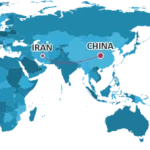


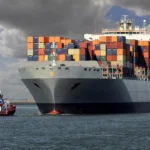

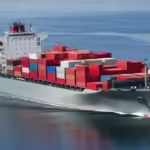



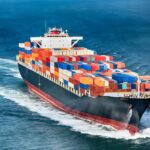
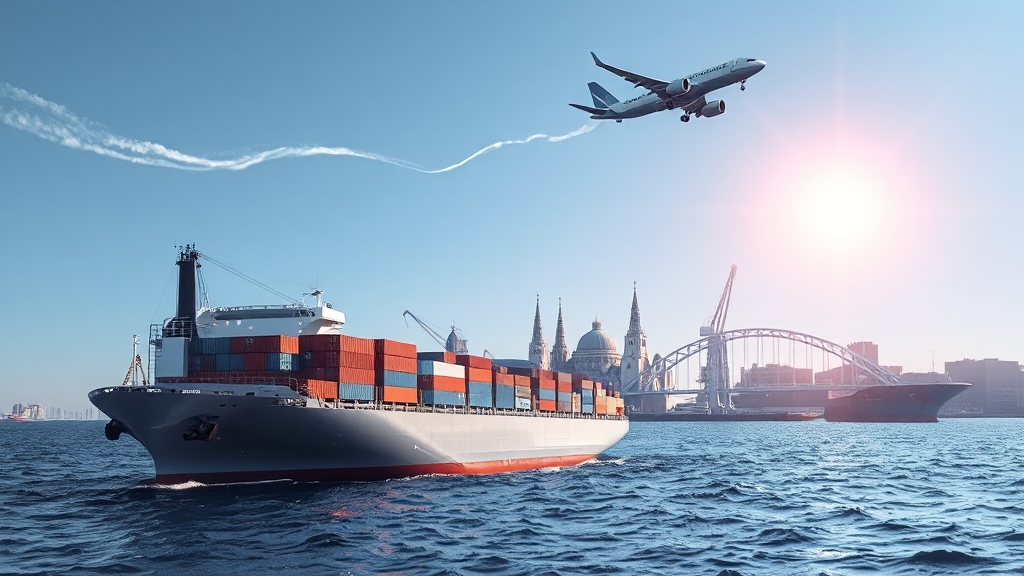
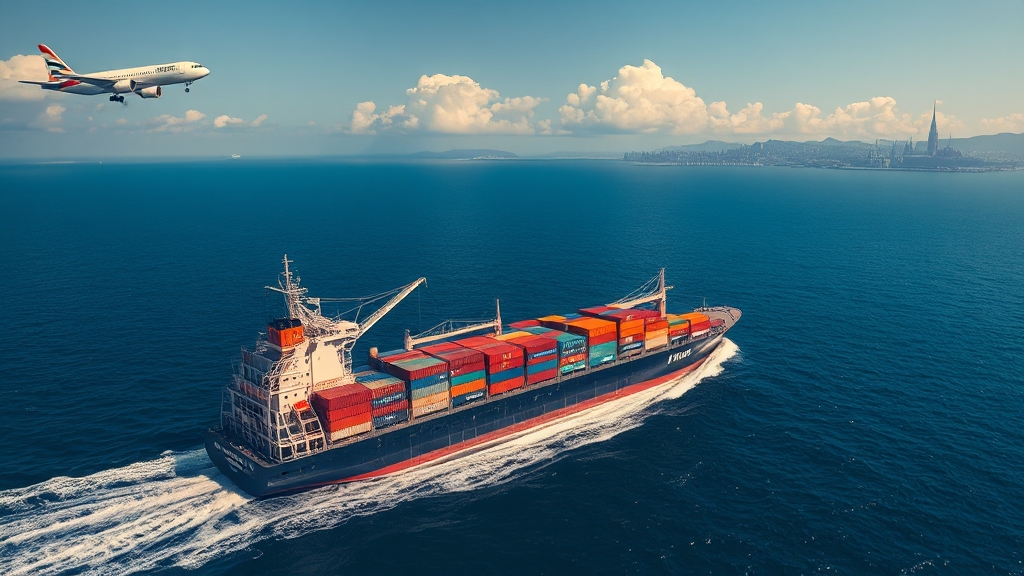
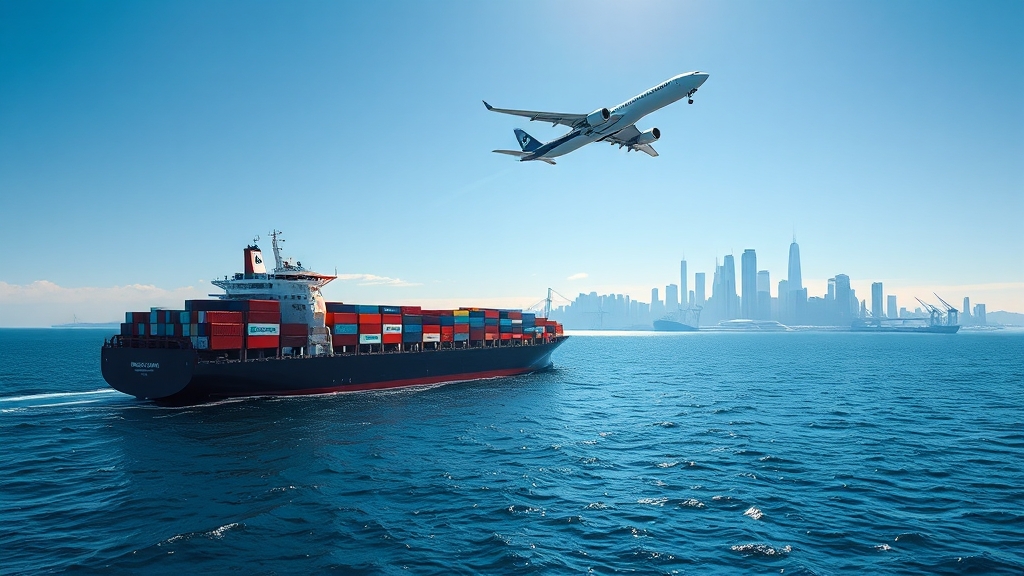
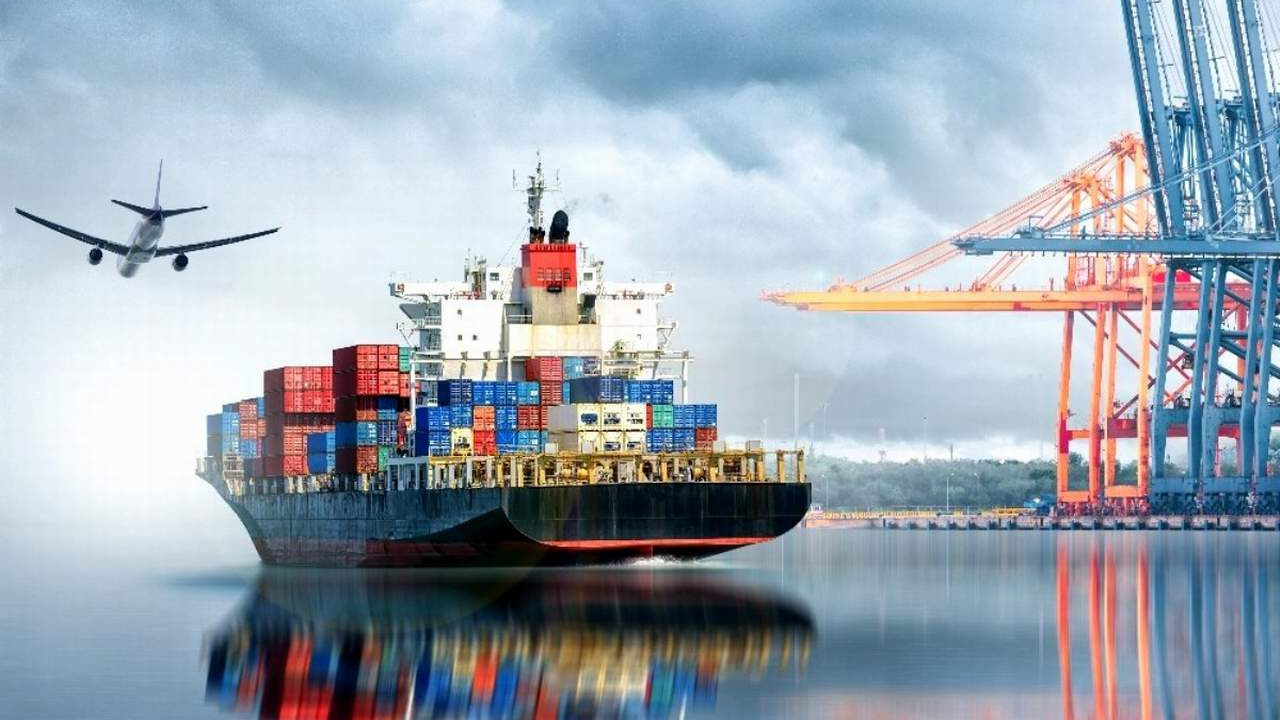
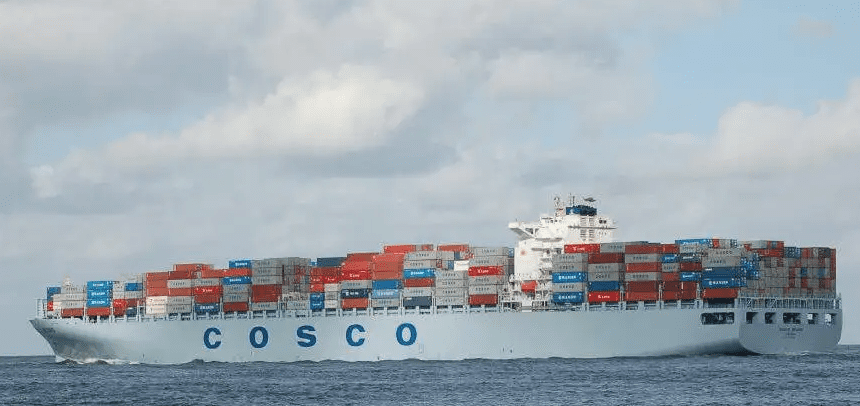





 Afrikaans
Afrikaans Shqip
Shqip አማርኛ
አማርኛ العربية
العربية Հայերեն
Հայերեն Azərbaycan dili
Azərbaycan dili Euskara
Euskara Беларуская мова
Беларуская мова বাংলা
বাংলা Bosanski
Bosanski Български
Български Català
Català Cebuano
Cebuano Chichewa
Chichewa 简体中文
简体中文 繁體中文
繁體中文 Corsu
Corsu Hrvatski
Hrvatski Čeština
Čeština Dansk
Dansk Nederlands
Nederlands English
English Esperanto
Esperanto Eesti
Eesti Filipino
Filipino Suomi
Suomi Français
Français Galego
Galego ქართული
ქართული Deutsch
Deutsch Ελληνικά
Ελληνικά Kreyol ayisyen
Kreyol ayisyen Harshen Hausa
Harshen Hausa Ōlelo Hawaiʻi
Ōlelo Hawaiʻi עִבְרִית
עִבְרִית हिन्दी
हिन्दी Hmong
Hmong Magyar
Magyar Íslenska
Íslenska Igbo
Igbo Bahasa Indonesia
Bahasa Indonesia Gaeilge
Gaeilge Italiano
Italiano 日本語
日本語 Basa Jawa
Basa Jawa ಕನ್ನಡ
ಕನ್ನಡ Қазақ тілі
Қазақ тілі ភាសាខ្មែរ
ភាសាខ្មែរ 한국어
한국어 كوردی
كوردی Кыргызча
Кыргызча ພາສາລາວ
ພາສາລາວ Latin
Latin Latviešu valoda
Latviešu valoda Lietuvių kalba
Lietuvių kalba Lëtzebuergesch
Lëtzebuergesch Македонски јазик
Македонски јазик Malagasy
Malagasy Bahasa Melayu
Bahasa Melayu മലയാളം
മലയാളം Maltese
Maltese Te Reo Māori
Te Reo Māori मराठी
मराठी Монгол
Монгол ဗမာစာ
ဗမာစာ नेपाली
नेपाली Norsk bokmål
Norsk bokmål پښتو
پښتو فارسی
فارسی Polski
Polski Português
Português ਪੰਜਾਬੀ
ਪੰਜਾਬੀ Română
Română Русский
Русский Samoan
Samoan Gàidhlig
Gàidhlig Српски језик
Српски језик Sesotho
Sesotho Shona
Shona سنڌي
سنڌي සිංහල
සිංහල Slovenčina
Slovenčina Slovenščina
Slovenščina Afsoomaali
Afsoomaali Español
Español Basa Sunda
Basa Sunda Kiswahili
Kiswahili Svenska
Svenska Тоҷикӣ
Тоҷикӣ தமிழ்
தமிழ் తెలుగు
తెలుగు ไทย
ไทย Türkçe
Türkçe Українська
Українська اردو
اردو O‘zbekcha
O‘zbekcha Tiếng Việt
Tiếng Việt Cymraeg
Cymraeg יידיש
יידיש Yorùbá
Yorùbá Zulu
Zulu